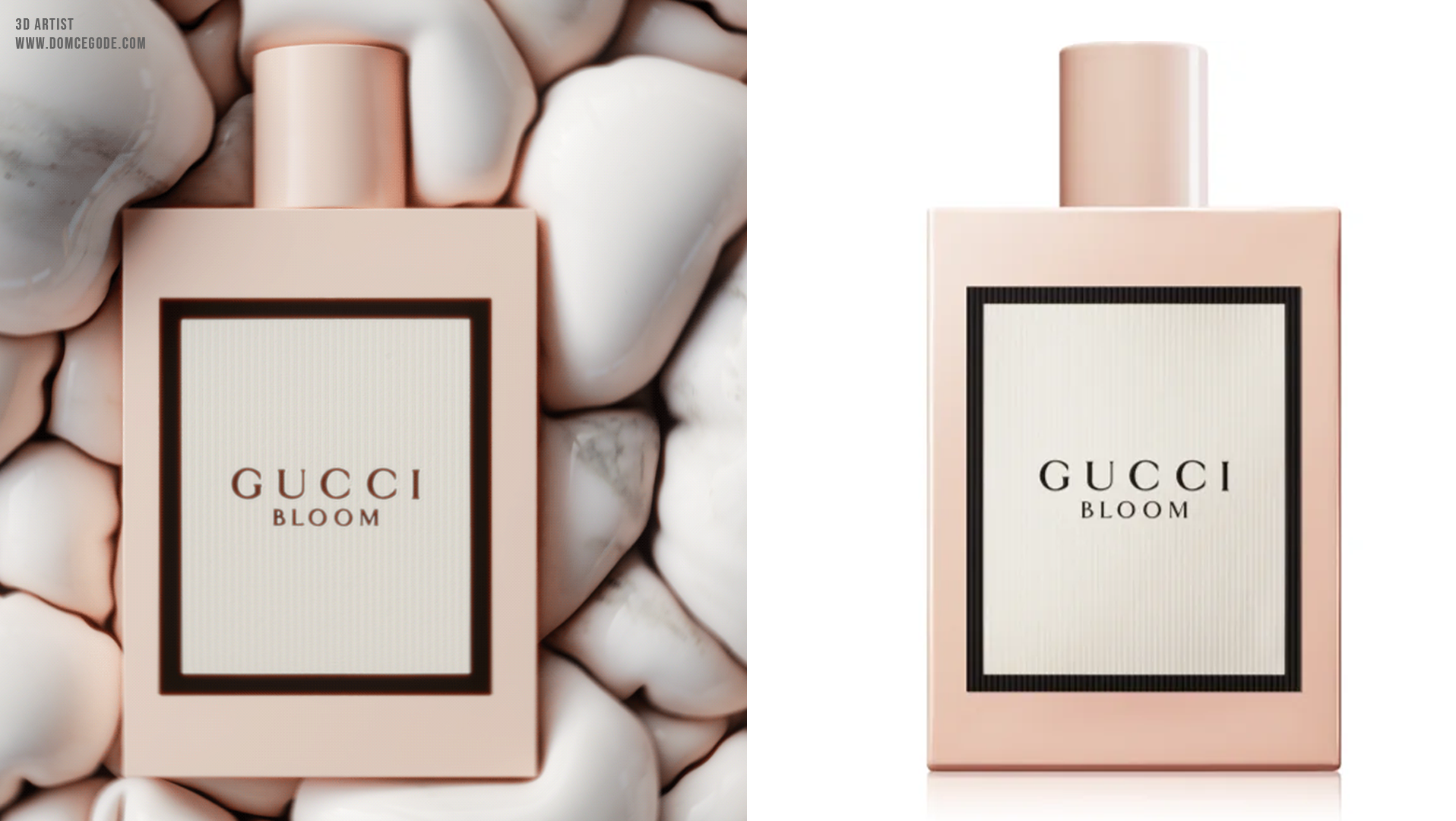A small but mighty office essential
In a world filled with high-tech gadgets and complex engineering marvels, it’s easy to overlook the brilliance of simple designs. One such everyday object that embodies ingenuity and efficiency is the humble paper clip. This small yet essential tool has been holding documents together for over a century, and its design has remained largely unchanged. But what makes the paper clip such an enduring piece of stationery? Let’s delve into its history, functionality, and evolution—with a few laughs along the way.
A brief history of the paper clip
The modern paper clip, as we know it today, is credited to Johan Vaaler, a Norwegian inventor, who patented an early version of the design in the late 19th century. However, it was the Gem Manufacturing Company in England that refined the familiar double-looped shape, which has since become the standard. Fun fact: Norwegians love their paper clips so much that they even built a giant one as a tribute.
Interestingly, while Vaaler is often credited with inventing the paper clip, his design was not widely adopted. Instead, it was the Gem paper clip, with its elegant and functional design, that became the industry standard. The paper clip design itself was never patented, but the manufacturing process for producing them efficiently was. This distinction allowed multiple manufacturers to produce variations over time while keeping the fundamental design intact.
Here you can find some paper clip design variations throughout the time https://www.officemuseum.com/paper_clips.htm
Here you can find some paper clip design variations throughout the time https://www.officemuseum.com/paper_clips.htm
The genius of the Paper Clip’s design
At first glance, a paper clip might seem like nothing more than a bent wire, but its structure is a prime example of efficient engineering. The looped design creates friction and tension, allowing it to grip papers securely without being overly tight or cumbersome to remove. Additionally, its smooth, rounded edges prevent tearing or creasing. Let’s be real—using a paper clip is like being in a healthy relationship: it holds things together without being clingy.
Variations in Paper Clip design
While the classic Gem paper clip remains the most widely used, variations of paper clips have emerged to cater to different needs. Some of these include:
Triangular Clips – These offer a different gripping mechanism and are sometimes preferred for their stronger hold.
Plastic-Coated Clips – Available in various colors, these clips not only secure papers but also add a splash of vibrancy to documents.
Wave and Loop Paper Clips – Designed for both aesthetic appeal and increased grip, these variations ensure a firmer hold on documents.
Heavy-Duty Clips – Made of stronger materials, these can hold thick stacks of paper.
And let’s not forget the jumbo-sized paper clips—because sometimes your document is just that extra!
More than just a stationery staple
Beyond its primary function, the paper clip has found alternative uses in everyday life. From makeshift bookmarks to emergency zipper pulls, the paper clip's flexibility and durability make it an invaluable tool beyond the office.
Ever used a paper clip to reset your Wi-Fi router? It’s the MVP of tiny household fixes! It has even played a role in history—during World War II, Norwegians wore paper clips as a symbol of resistance against Nazi occupation.
A testament to timeless design
The paper clip may be small, but its impact is significant. Its elegant, efficient design has stood the test of time, proving that great inventions don’t always need to be complex. Whether you’re organizing documents, fixing a broken zipper, or simply admiring its clever design, the paper clip remains a shining example of functional minimalism. The next time you reach for a paper clip, take a moment to appreciate the thoughtfulness behind this tiny marvel—proof that sometimes, the simplest ideas are the most brilliant. And if that doesn’t hold your interest, well, at least a paper clip can still hold your papers together!
